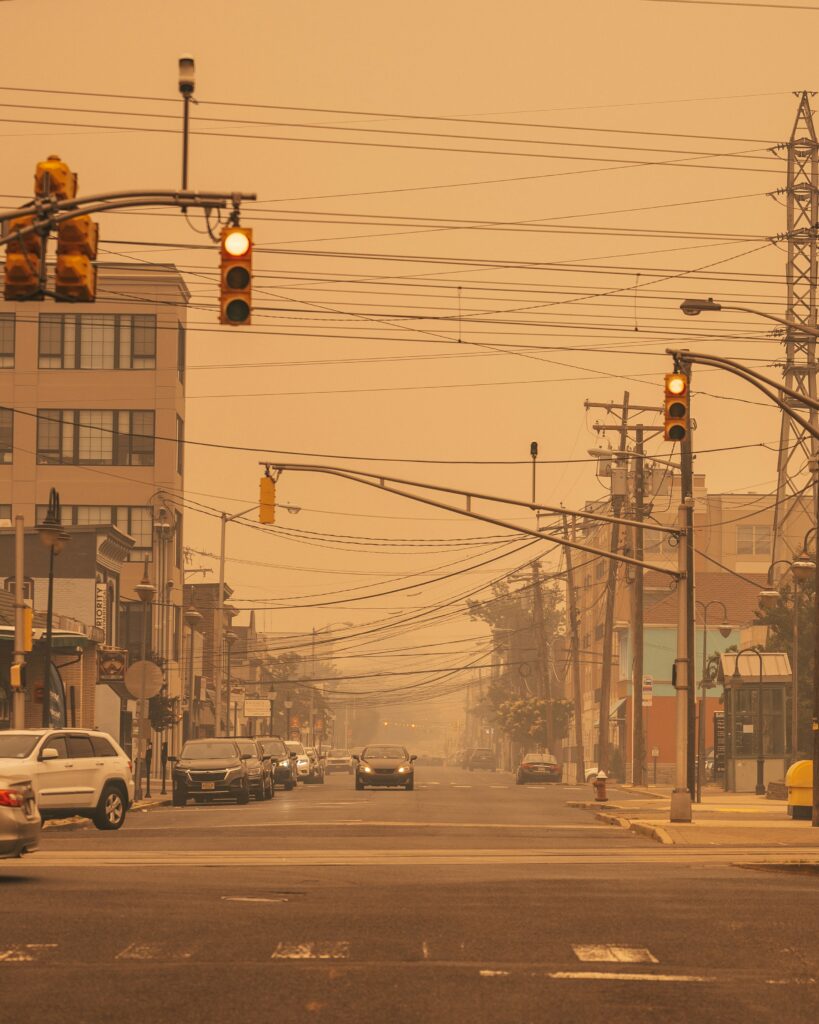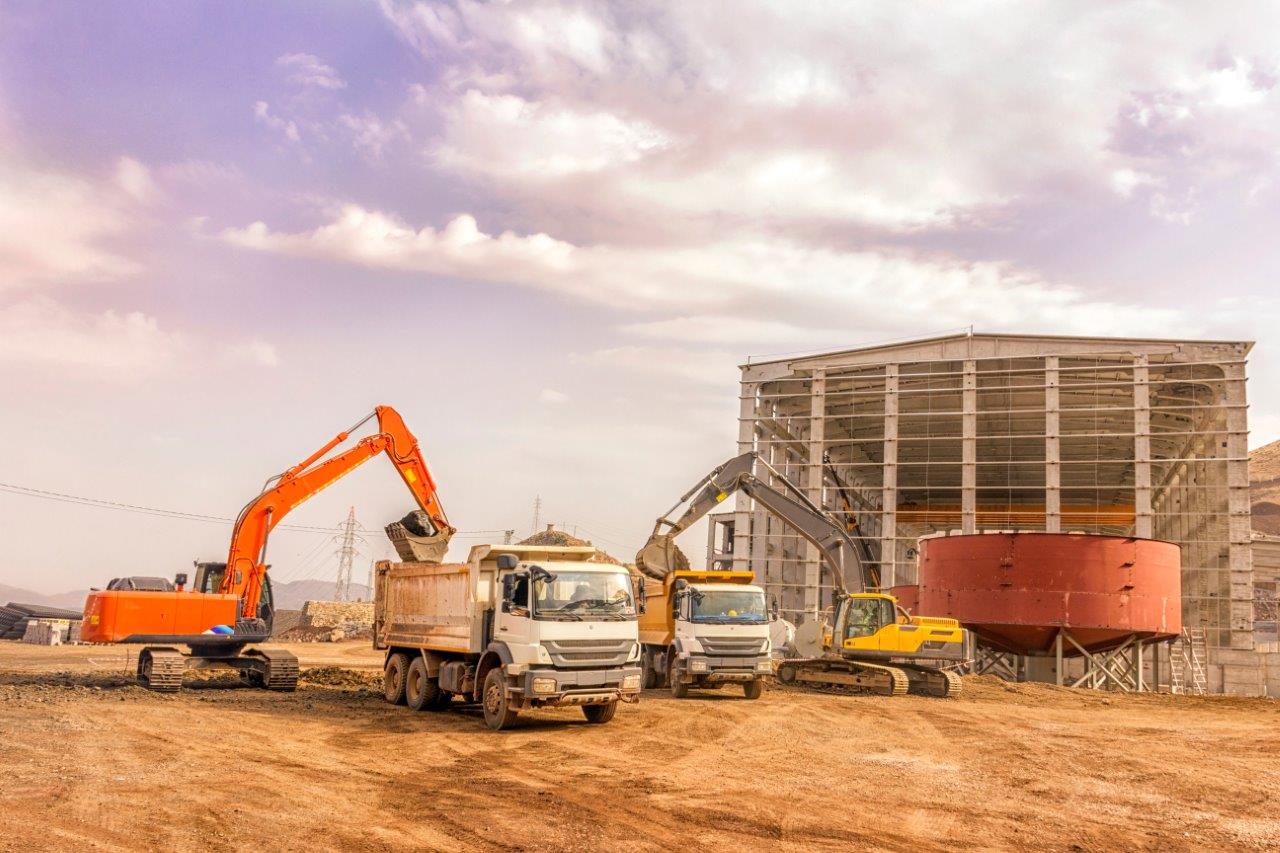
So fundamental for life that we take it for granted:
We expect the air that we breathe to be clean.
However, in many areas across Australia – especially in busy cities and industrial regions – this is not always the case. According to the Lung Foundation of Australia, smoke and pollutants in the air can penetrate deeply into the lungs and irritate the airways causing symptoms in people with existing problems such as Chronic Obstructive Pulmonary Disease (COPD) and asthma to worsen, including wheezing, chest tightness and difficulty breathing.
There are many sources of air pollution but some of the biggest culprits are from the use of fossil fuels, which generate fine particulate matter when they burn. In Australia the primary sources of these emissions include vehicles that run on gasoline and diesel and coal-fired power plants.
Poor air quality is a significant environmental impact on construction sites. Environmental management is required to make sure that these impacts are minimised. Although air quality is a separate issue to climate change, reducing your fossil fuel use will have the combined benefit of less carbon emissions and better on site air quality.
Air Quality - Sustainability Short
Reducing the impacts of poor air quality is a significant issue that we need to take into account in how we run our construction sites and the kinds of plant and equipment we use. Watch this short animation to get an introduction on why air quality is a key issue on construction sites and, most importantly, what you can do to reduce air pollution when you’re working on site.

A large source of air emissions is from transport. Particulates such as PM 10 and PM 2.5 and gasses such as NOx and CO are produced by engines, particularly those that run on diesel, and can lead to a number of adverse health impacts, particularly in children.
Emissions can be reduced by optimising vehicle and plant idling time, correctly specifying equipment, regularly servicing plant and equipment, choosing the right fuel, reporting issues with machinery, using more modern equipment that inherently has lower emissions, using tailpipe solutions such as diesel particulate filters to reduce emissions, and better driver behaviour to minimise necessary emissions.
But it’s not just about poor air quality from plant and vehicles
Indoor air quality is a serious issue too, sometimes dubbed ‘sick building syndrome’. Having good quality air indoors not only improves peoples’ health, but also their wellbeing and productivity levels – the simple build-up of pollutants indoors has been shown to make people more drowsy and less effective. We should therefore be mindful of the air conditioning and ventilation systems we use to ensure that we are providing decent air indoors as well as outside.

Biodiversity
Learning from Trees – Life Lessons for Future Generations
Document/Presentation
Sustainable Procurement
Building and manufacturing case study from Sustainability Victoria: Devilee Air Conditioning & Refrigeration and materials efficiency
Web link
Valuing Trees: What is Nature Worth? – Planet Ark, Toyota
Document / Presentation
Water
The 17 Sustainable Development Goals (SDGs)
Web link






 25 minutes
25 minutes